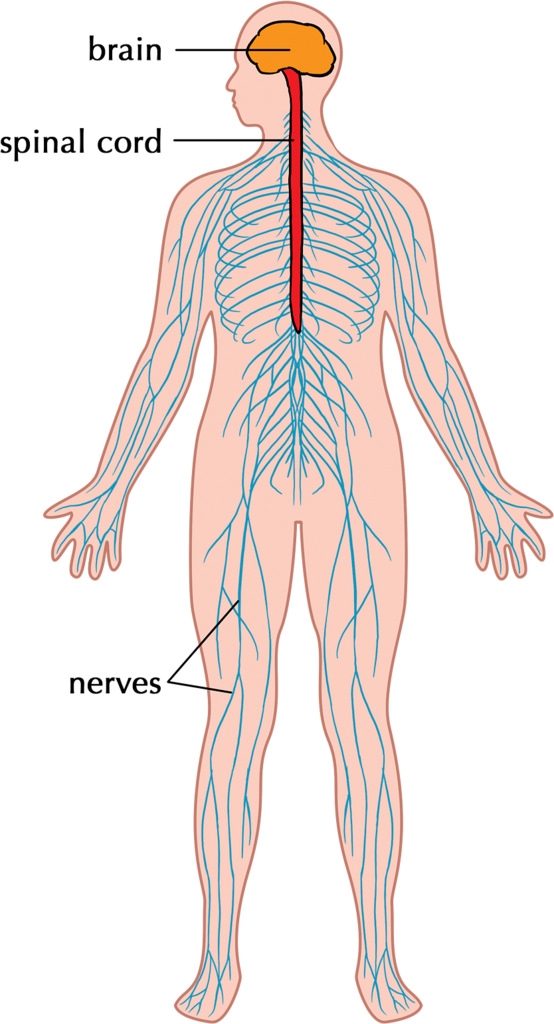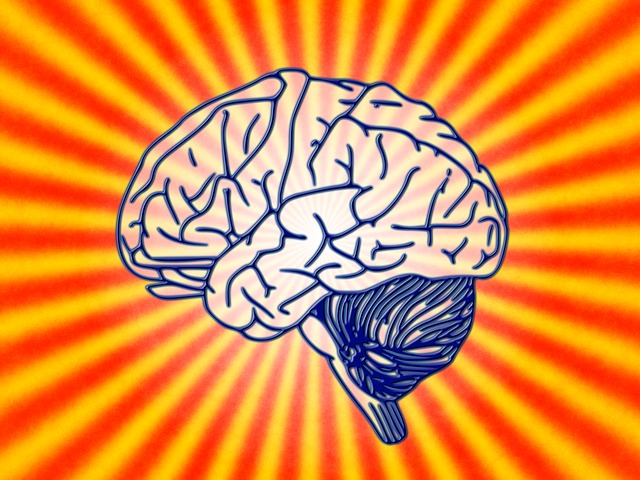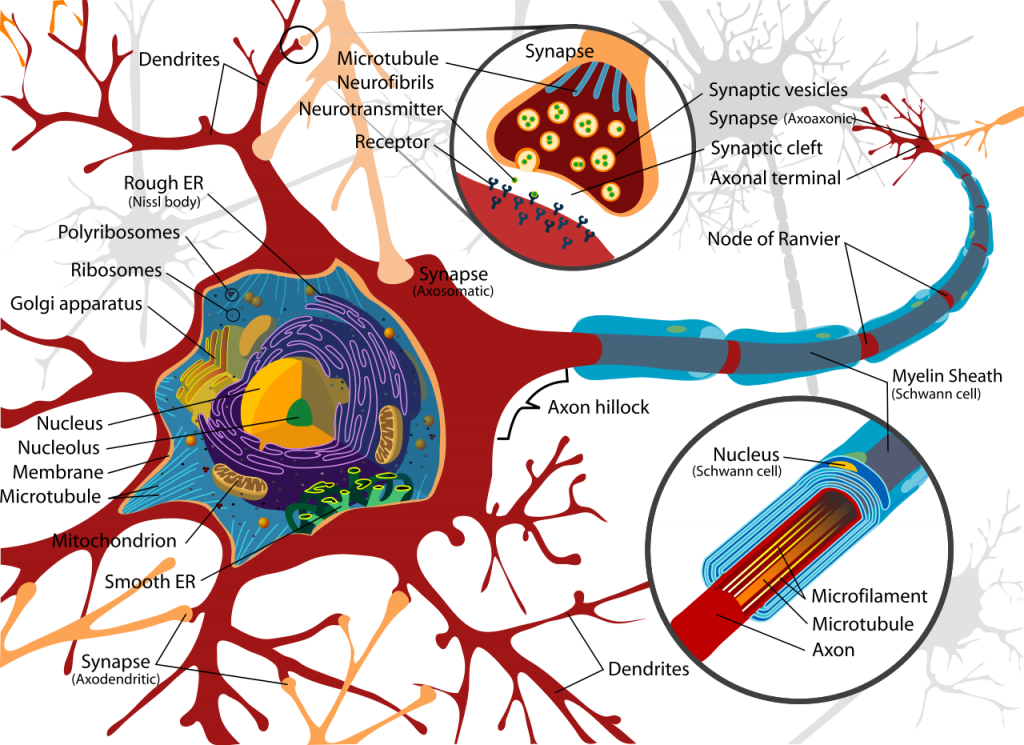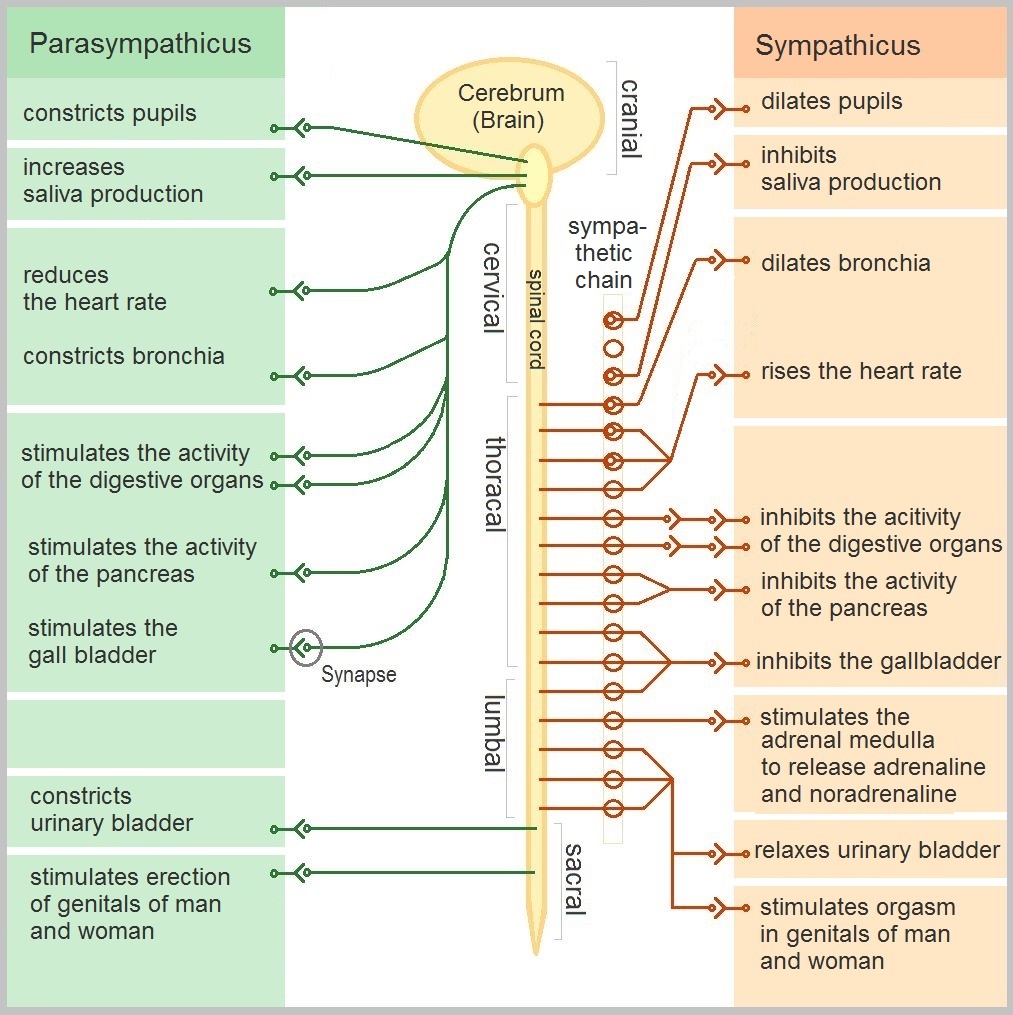Nervous System Facts
Have you ever accidentally touched a hot surface? Did you immediately yank your hand away? That’s your nervous system at work.
The nerves in your hand sent a message to your brain: “Hey, this is hot! Ouch!”
Your brain processed this information and sent a message back to your hand: “Danger! Move your hand away!”

If it seems like this all happens very quickly, that’s because it does! Your body can send messages to your brain at the speed of 200 miles per hour (mph).
What is the Nervous System?
Let’s start learning some nervous system facts. You’re going to learn all about neurons, the spinal cord, and more!
Nervous System Definition
The nervous system is your body’s communication center. It is made up of the brain, the spinal cord, and a network of nerve cells (neurons) that runs through your entire body.
Your brain and other parts of your body communicate through the nervous system. This system allows your body to send observations and information to the brain.
The brain then processes this information and tells the rest of your body what to do.
Your brain also controls things you probably don’t think about, like your breathing and the beating of your heart.
Major Organs of the Nervous System
The nervous system consists of the brain, spinal cord, sensory organs, and all of the nerves that connect these organs with the rest of the body.
How does the Nervous System Work?
The brain is basically the super computer of the nervous system. It’s the boss that receives messages and sends orders.
The spinal cord is another important part of the nervous system. It runs from your brain down through your back.
It also contains nerves that branch out to every organ and body part.
Tiny nerve cells called neurons send messages along the spinal cord to the brain and other body parts. There are neurons throughout your entire body, and there are 100 billion neurons in your brain.
Different neurons have different jobs. Sensory neurons take information from the eyes, ears, nose, tongue, and skin to the brain.
This information is about what you see, hear, smell, taste, and touch. Motor neurons carry messages away from the brain and back to the rest of your body.
Information is sent from neuron to neuron as it travels to or from the brain. When you learn new things, the brain creates pathways between the neurons so that new skills become easier over time.
Parts of the Nervous System
The nervous system is divided into the central nervous system and the peripheral nervous system.
Central nervous system (CNS)
This is the part of the nervous system that includes the brain and spinal cord.
Peripheral nervous system (PNS)
This refers to the nerves outside of the brain and spinal cord. The PNS connects the CNS to the organs and other body parts so messages can travel from the body to the brain.
The peripheral nervous system is then divided into the somatic nervous system and the autonomic nervous system.
Autonomic nervous system
This is responsible for the processes we don’t have to think about, like breathing and digestion.
Somatic nervous system
This is responsible for muscle movements that we can control and for reflexes.
Fun Facts About the Nervous System
There are more nerve cells in the brain than stars in the Milky Way.
Nerves are covered by a substance called myelin that helps messages move quickly through the body.
The spinal cord is just 19 inches long, but it holds over 10 million neurons.
You can help your nervous system stay fast and healthy by exercising and eating a balanced diet!
More human body facts.







